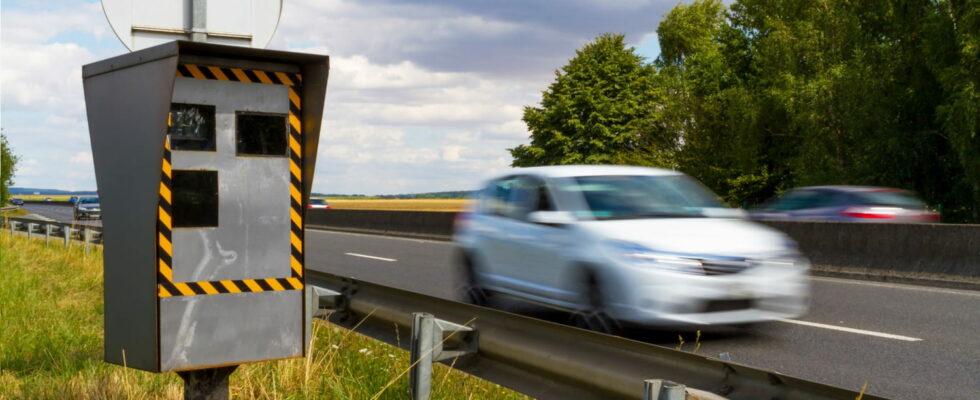All road radars have a margin of tolerance for their speed measures. And you will not be flashed if you very slightly exceed the limitations indicated on the panels.
For many motorists, radars are a source of concern. The simple fact of passing in front of one of them can be enough to trigger an adrenaline rise, and yet all do not know that these devices do not have absolute precision. A margin of tolerance exist indeed, allowing you, within certain limits, not to be systematically sanctioned in the event of light exceeded limit speed.
French regulations have indeed integrated this margin to take into account the technical imperfections of radars and vehicle meters. It would therefore be unfair to verbalize a driver who barely drives above the limit due to slight speed fluctuations. But then, what is this famous margin and what are the speeds not to be exceeded?
On the roads limited to 80 km/h, the tolerance is set at 5 km/h. This means that you can theoretically roll up to 85 km/h without risk of immediate sanction, but from 86 km/h, the machine is triggered and the speed retained will be 81 km/h. This mechanism is similar for roads at 90 km/h, where the radar flashes from 96 km/h, but the speed retained will be 91 km/h. It may seem little, but this small margin can sometimes make the difference between a fine and a simple sigh of relief.
On the fast and highway tracks, the principle is a little different with a margin expressed as a percentage. On a road limited to 110 km/h, the tolerance is 5%, which allows you to roll up to 116 km/h without incident. Same thing on a highway at 130 km/h: you will be tolerated up to 137 km/h, but beyond, prepare to receive a salty fine.
Mobile radars, often dreaded because it is more difficult to spot, have greater tolerance. If you are on a highway, the limit speed is 130 km/h, but mobile radars can allow up to 144 km/h before flashing. Be careful, however, not to abuse this margin. Even if technology allows you to play with these limits, the objective remains to ensure everyone’s safety.
Please note: it is not because radars have a certain tolerance to their extent of speeds that you have to drive faster than the limit! Let us recall that speed remains the leading cause of accidents in France (31 %), and that it is the source of 27 % deaths on the roads, not to mention many injured, some of whom keep after -life for life . The limitations are not imposed by chance, but for security issues; Having a small margin just allows you to be more serene when you flirt with the limit, especially when approaching a radar, avoiding suddenly slowing down at the risk of causing an accident. This just allows you to: Better focus on the road rather than having your eyes riveted on the meter.
